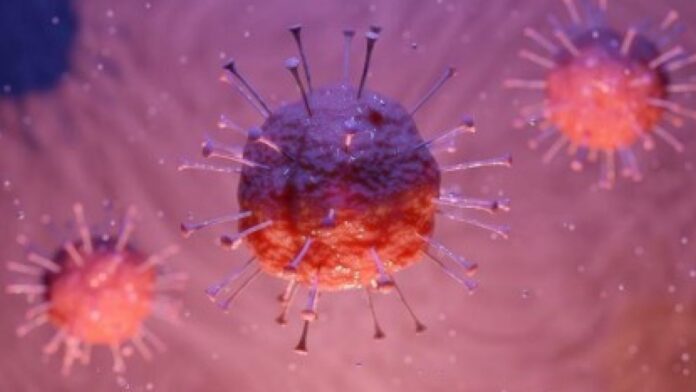The number of Covid-19 cases in the National Capital Region continues to decrease, with a minus 42 percent growth rate as of last week.
During a televised public briefing on Monday, Dr. Guido David, OCTA Research Group member, noted the decline was also observed in Bulacan, Cavite, and Rizal.
“Iyong daily attack rate natin ay nasa 61 na lang per 100,000 so mukhang mataas pa rin iyan kaya sinasabi naman natin na high risk pa rin (Our daily rate is at 61 per 100,000 [individuals] so it still looks high, and we say it’s still high risk),” David said.
NCR’s average daily attack rate was previously over 100.
“Iyong positivity rate natin, wala akong datos nito sa ngayon, pero sa pagka-intindi ko or extrapolation namin, baka nasa 40 percent na lang (Our positivity rate, I don’t have data at the moment, but our extrapolation is, it might be at 40 percent only),” he said.
If the current trend in the NCR continues, David said the region might experience a “happy” Valentine’s Day with less than 1,000 cases per day at moderate risk.
On Sunday, the NCR logged 5,433 new cases, lower than Saturday’s 6,646.
The region recorded 7,279 on January 21; 9,455 on January 20; and 8,376 on January 19.
On the other hand, new cases continue to rise in seven highly-urbanized cities (HUCs) — Bacolod, Baguio, Butuan, Davao, General Santos, Iloilo, and Mandaue.
As of Sunday, Bacolod has a one-week growth rate of 143 percent; Baguio, 68 percent; Butuan, 200 percent; Davao City, 316 percent; General Santos, 116 percent; Iloilo City, 168 percent; and Mandaue, 228 percent.
“Kung may pagtaas na ng bilang na kaso sa isang HUC or sa isang probinsiya ay kailangan mag-observe na talaga ng minimum public health standards ang mga kababayan natin diyan sa mga (If there is an increase in the number of cases in an HUC or a province, the people really need to observe minimum public health standards in the) affected areas,” David said. (PNA)


